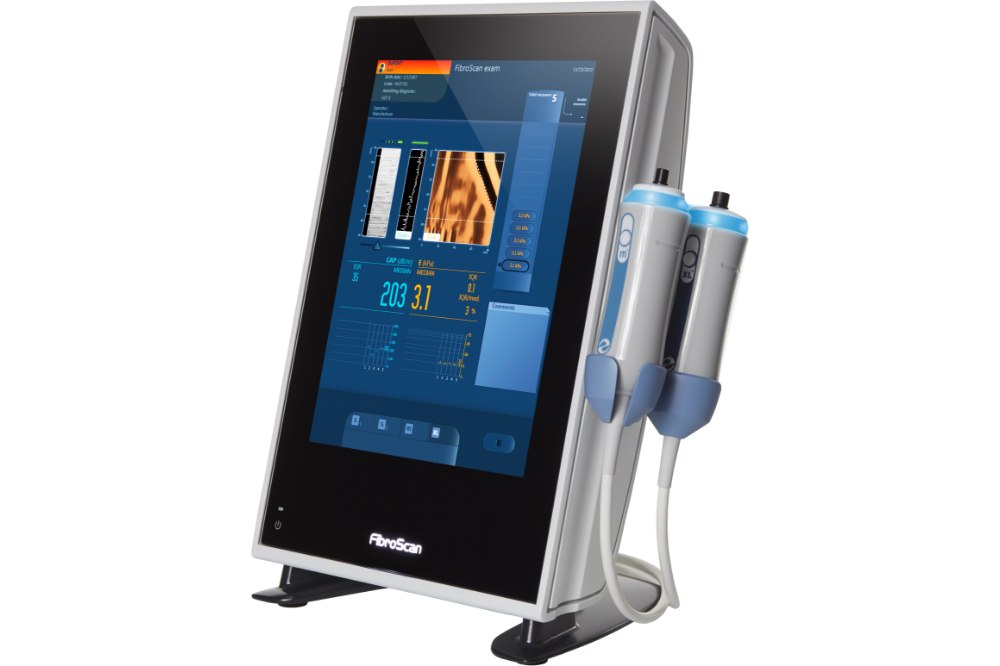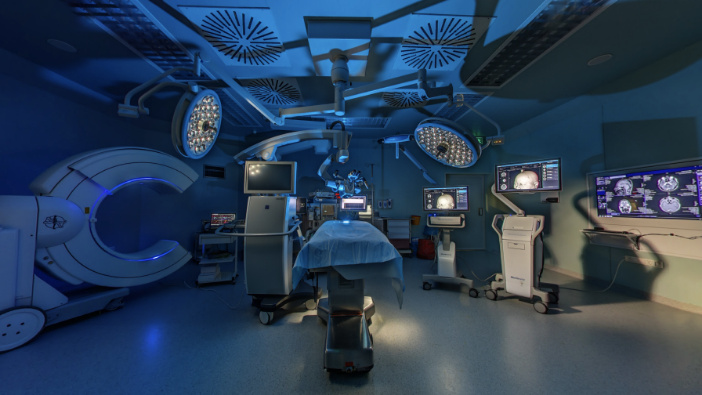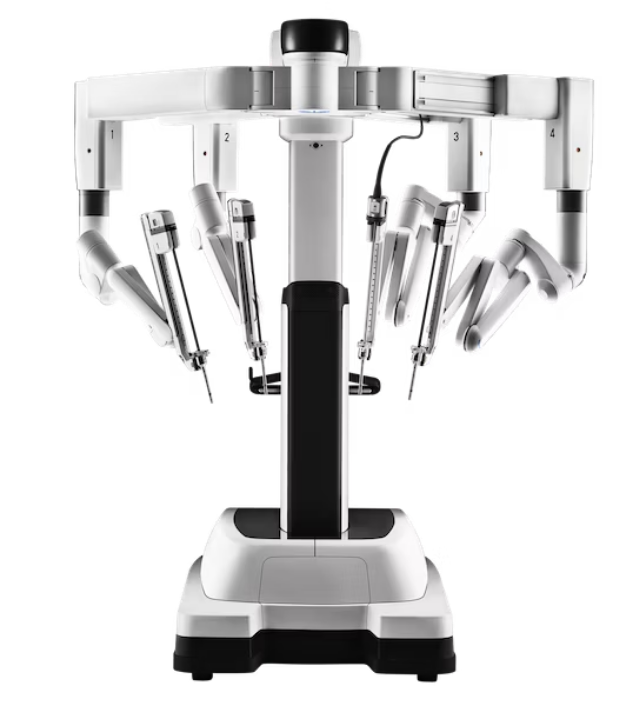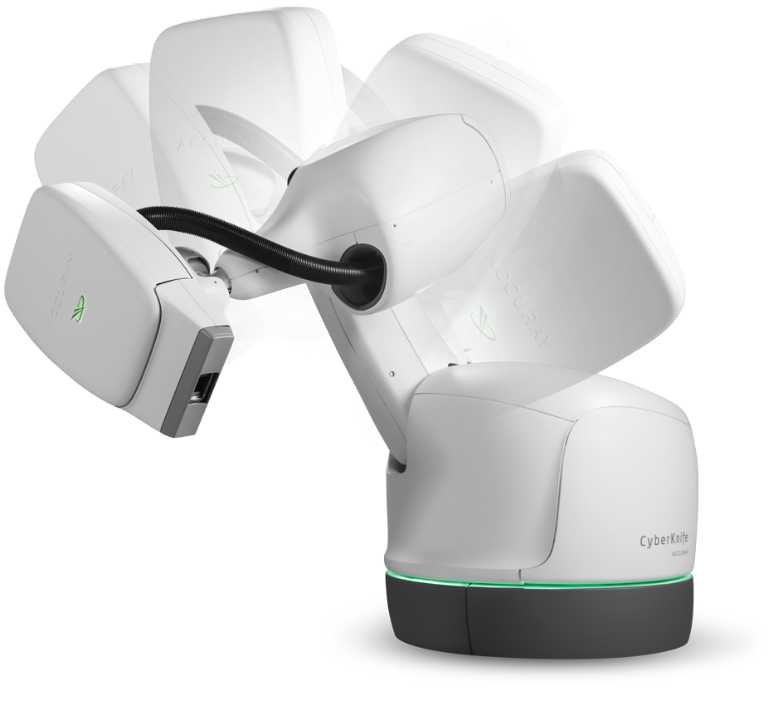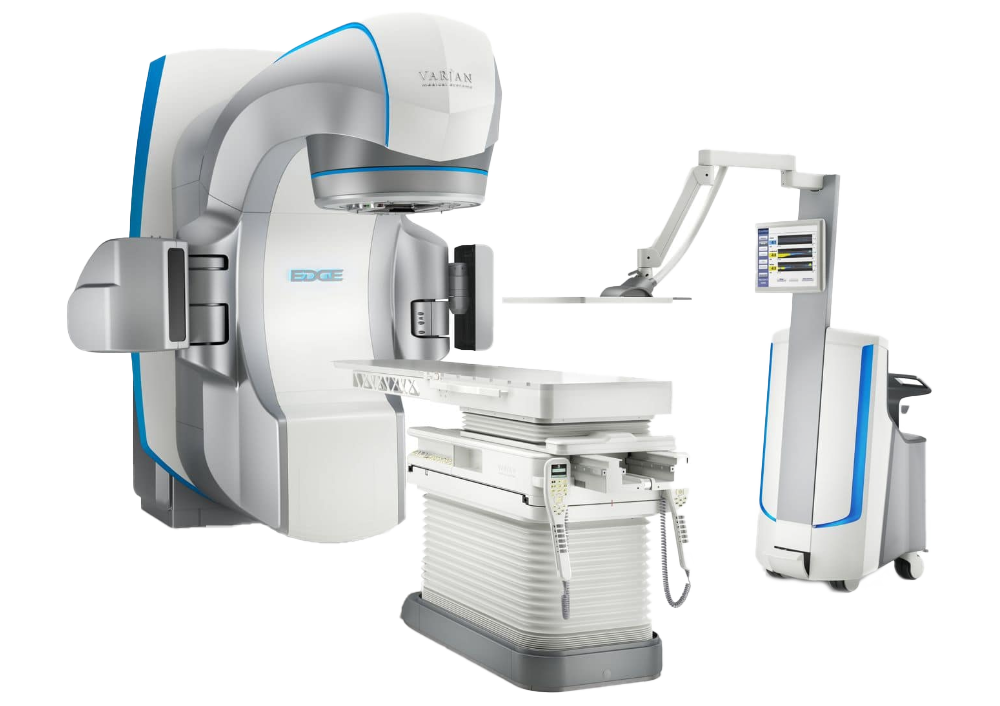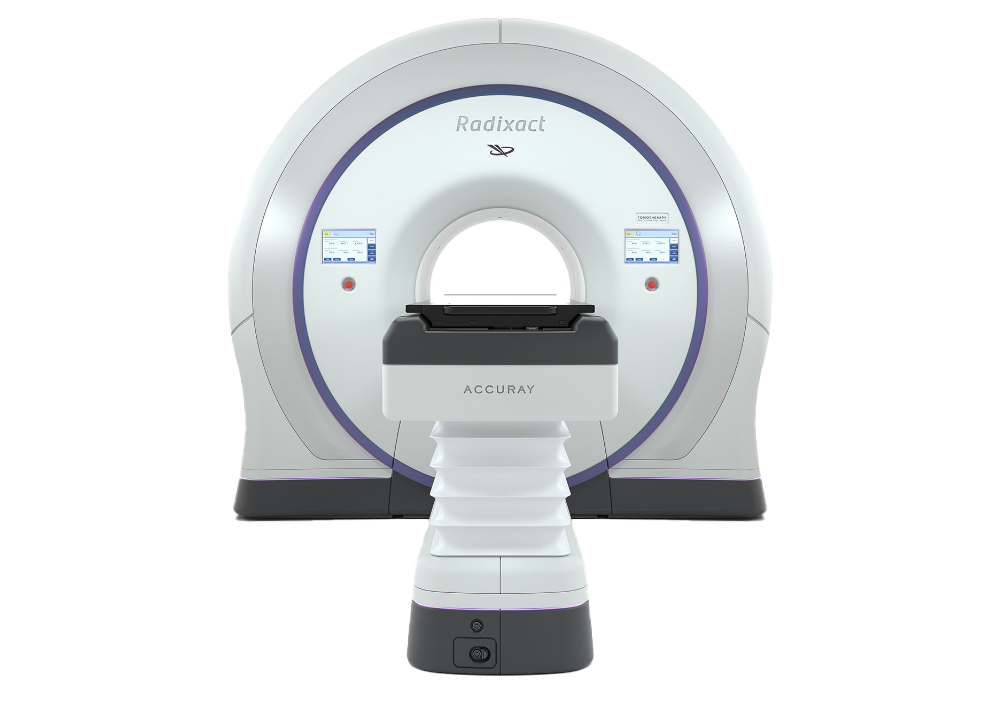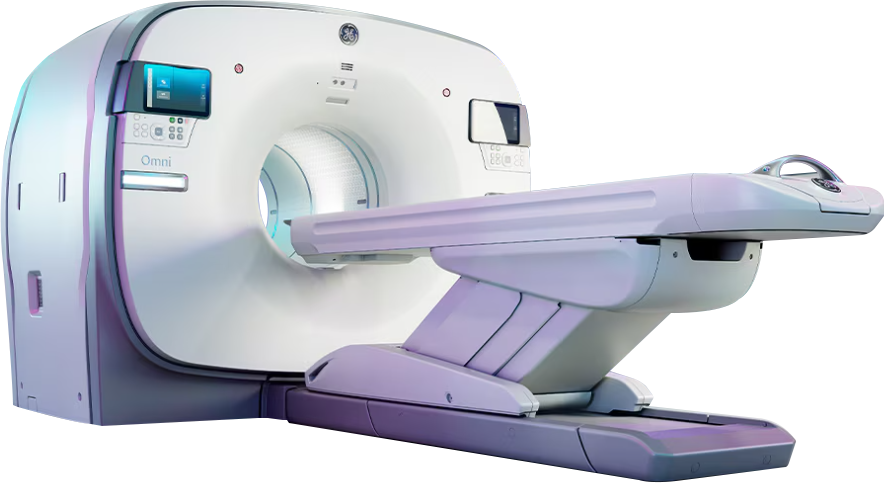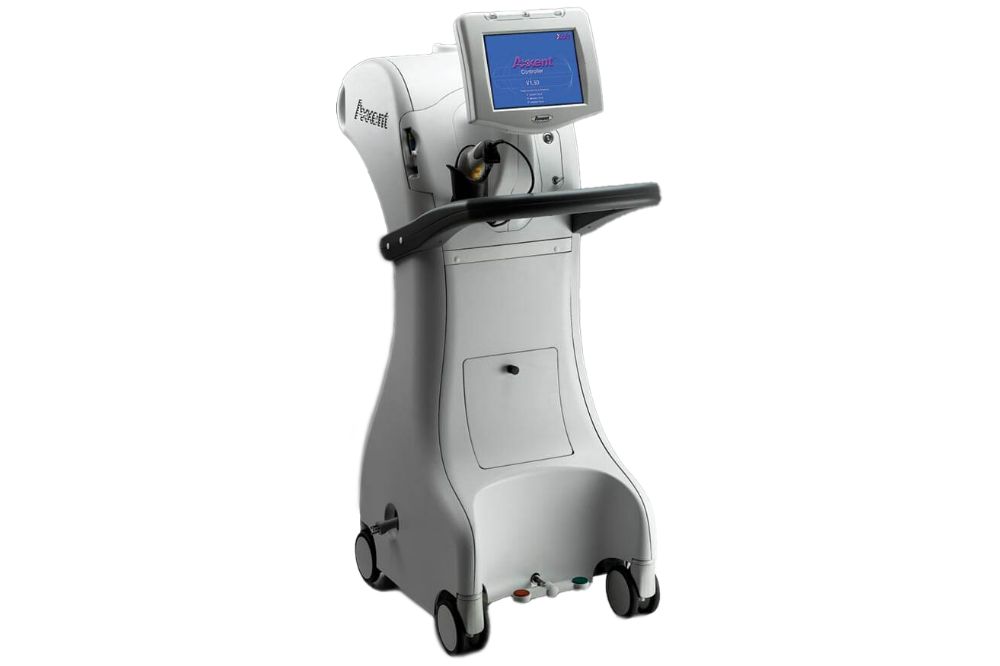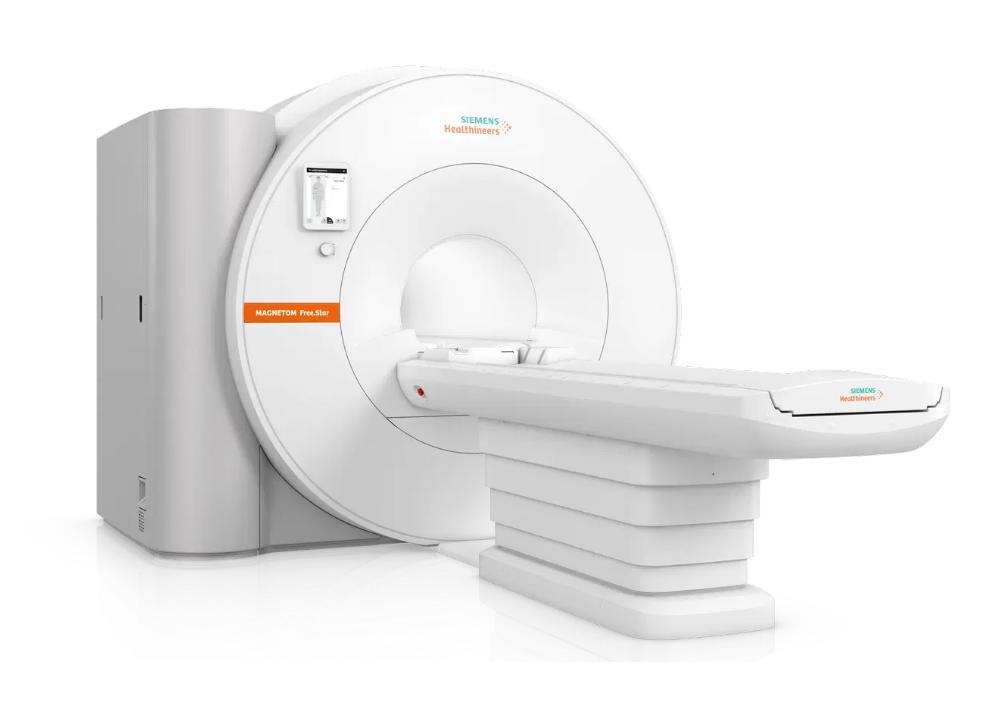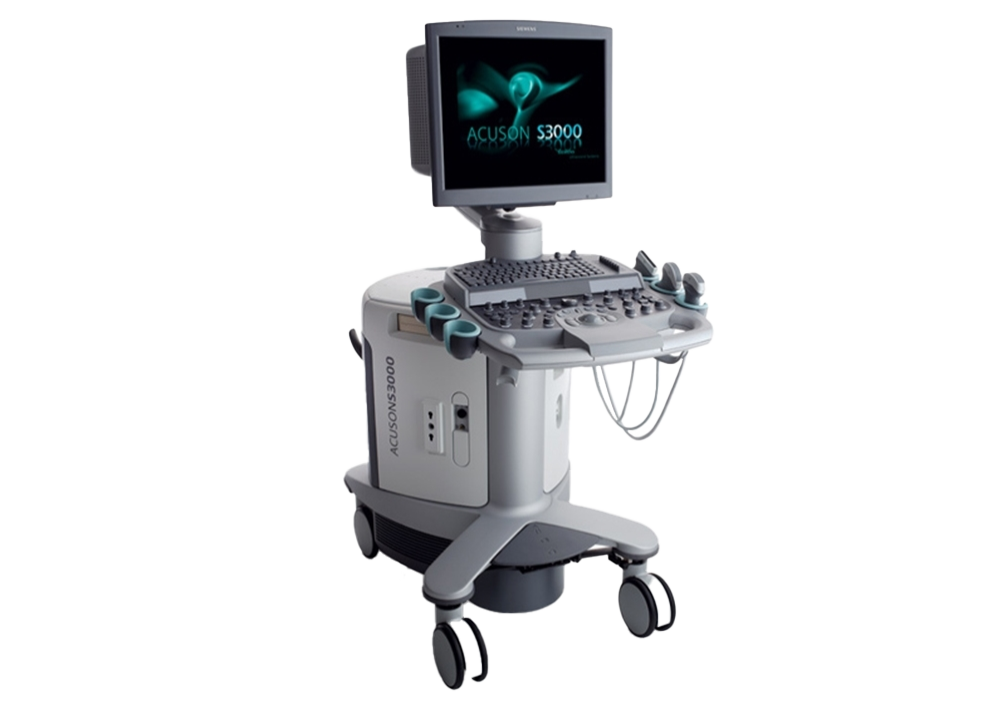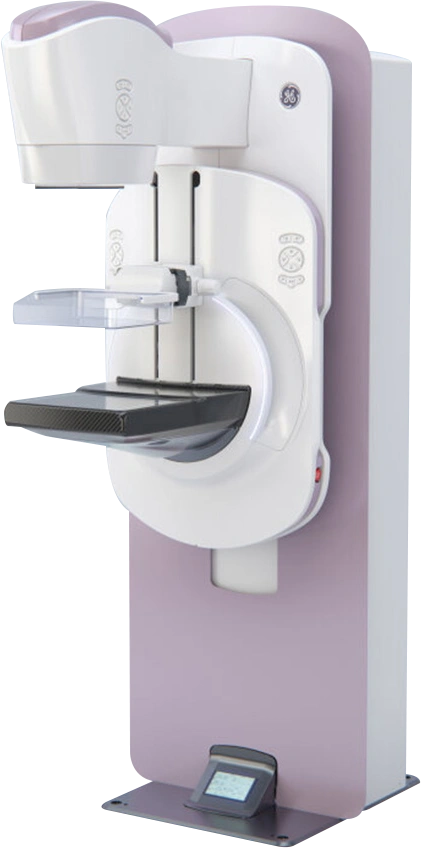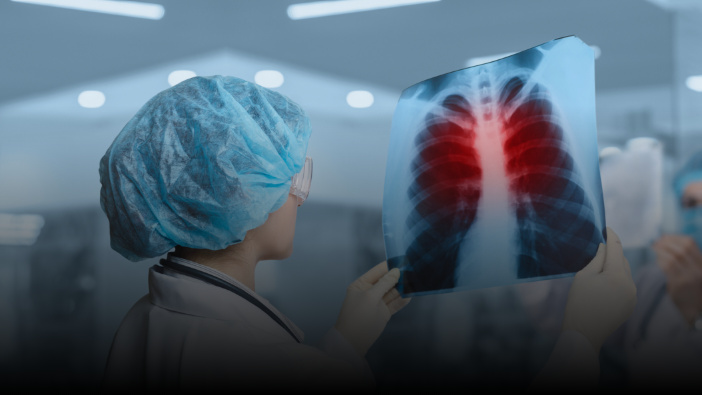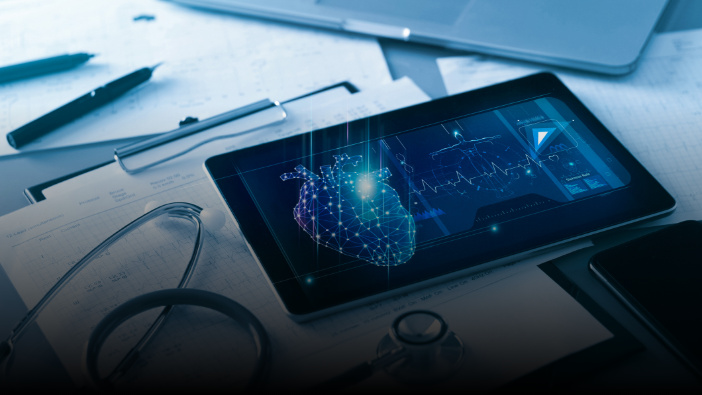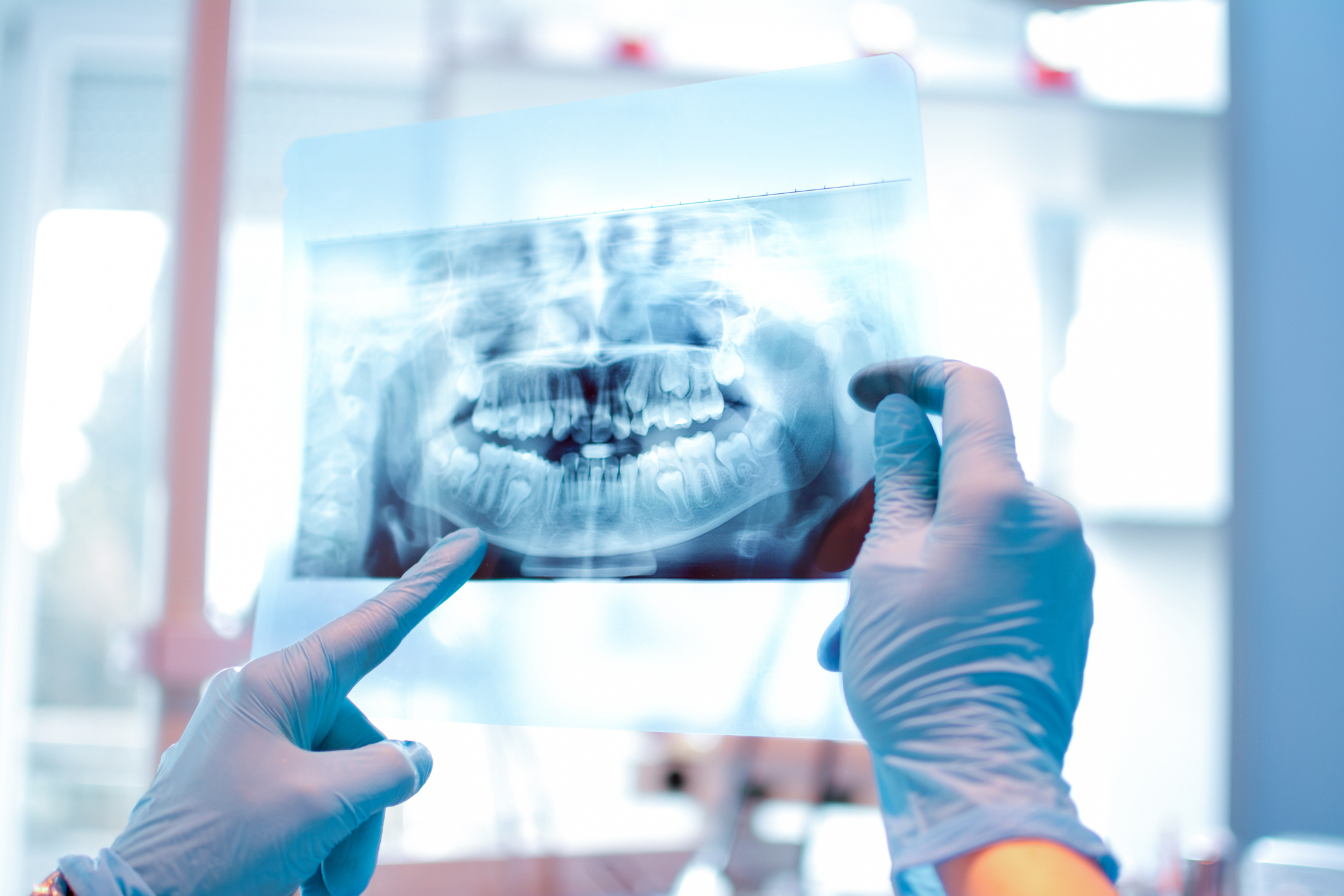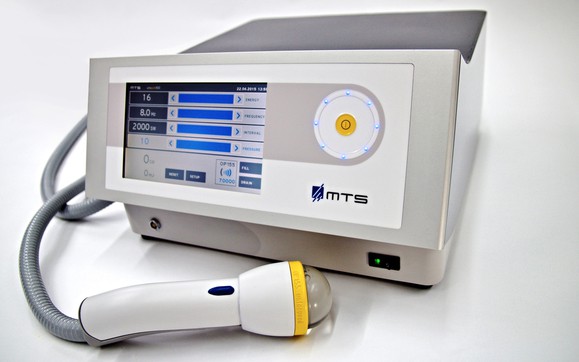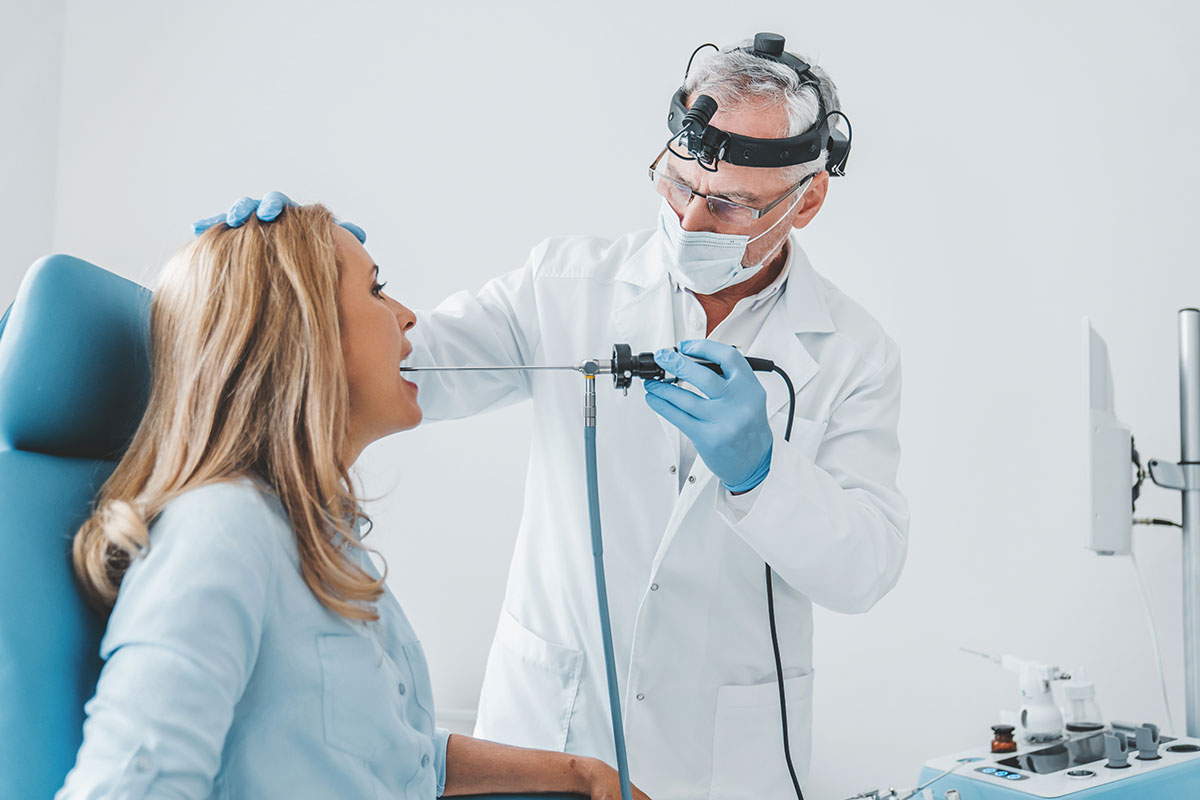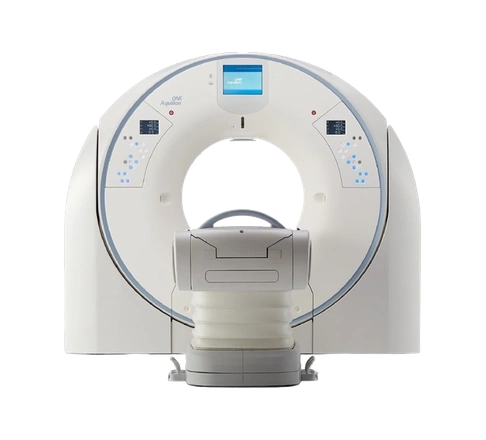Fibroscan
Fibroscan as an alternative method to liver biopsies
The gold standard in the assessment of liver diseases is liver biopsy. However, thanks to the newly-devised Fibroscan technology, ultrasound waves are now used instead of biopsies in many liver diseases. As a result, a larger area of the liver can be assessed. Gastroenterologist Prof. Melih Özel has answered our questions about the non-interventional Fibroscan method.
What is Fibroscan?
Cirrhosis of the liver is the much-avoided outcome of chronic liver diseases. It is the result of an ongoing process called “fibrosis” which manifests itself in stages. Defining the staging correctly plays an important role in the decision-making process for both the treatment the follow-up.
Liver biopsy is the gold standard in the assessment of fibrosis, but because it is an invasive procedure and because of the challenges regarding the repeatability of it, an alternative method which is reliable, repeatable and non-invasive has been developed for the evaluation of liver fibrosis. This modality is called the “transient elastography” technique, provided by the Fibroscan device.
What are the features of the Fibroscan device?
Fibroscan is a device that numerically measures the elasticity of the soft tissue using transient elastography method. Fibroscan transmits low-frequency and low-amplitude ultrasonic waves through the liver tissue. The transmission rate of the wave is related to the elasticity of the tissue it penetrates. As the stiffness of the tissue increases, the distribution speed of the wave increases equally.
The device identifies this speed and computes a numeric value, demonstrating objectively the amount of the fibrosis in the liver.
What are the advantages of the Fibroscan method?
In addition to eliminating the need for a biopsy from the liver, fibroscan enables a more thorough assessment of the liver as a whole.
The application of the procedure takes place in a matter of minutes. No other preparation than fasting for 4 to 6 hours is required for the procedure. The patient does not feel any pain during the procedure, which takes only minutes to be completed.
This procedure enables doctors to ascertain the extent of fat that built-up in the liver as well as the elasticity and stiffness of the liver, thereby identifying the level of damage. Easy application and repeatability are two important advantages. Since this is not an invasive procedure, it has no side effects and does not cause any discomfort.
For which diseases do we use Fibroscan?
Fibroscan can be used for all liver diseases that can cause chronic damage in the liver. Here’s a list of what these conditions could be:
- Evaluation of liver enzyme elevations
- Chronic viral hepatitis
- Chronic Hepatitis B
- Chronic Hepatitis C
- Chronic Hepatitis D (Delta Hepatitis)
- Autoimmune hepatitis
- Medication-related chronic liver damages
- Primary biliary cholangitis
- Preoperative risk assessment of the liver
- Non-cirrhotic portal hypertension
- Wilson disease
- Fatty liver damage due to all causes as well as fatty liver related hepatitises (hepatosteatosis and steatohepatitis)



